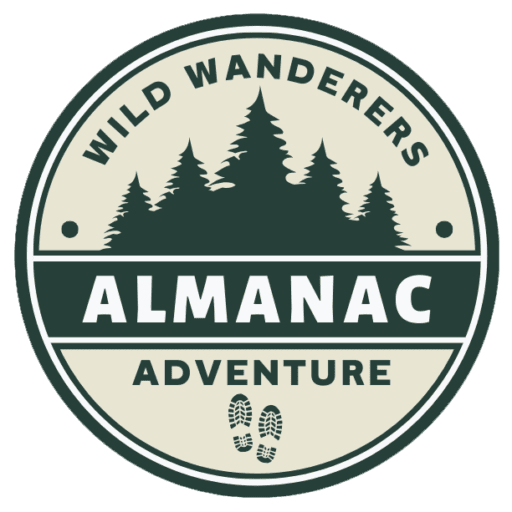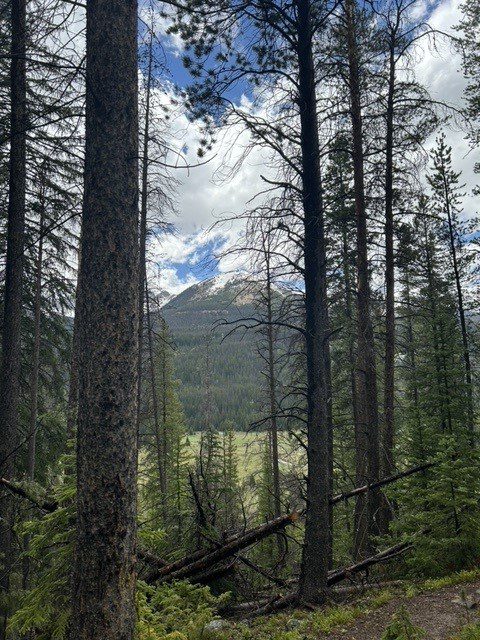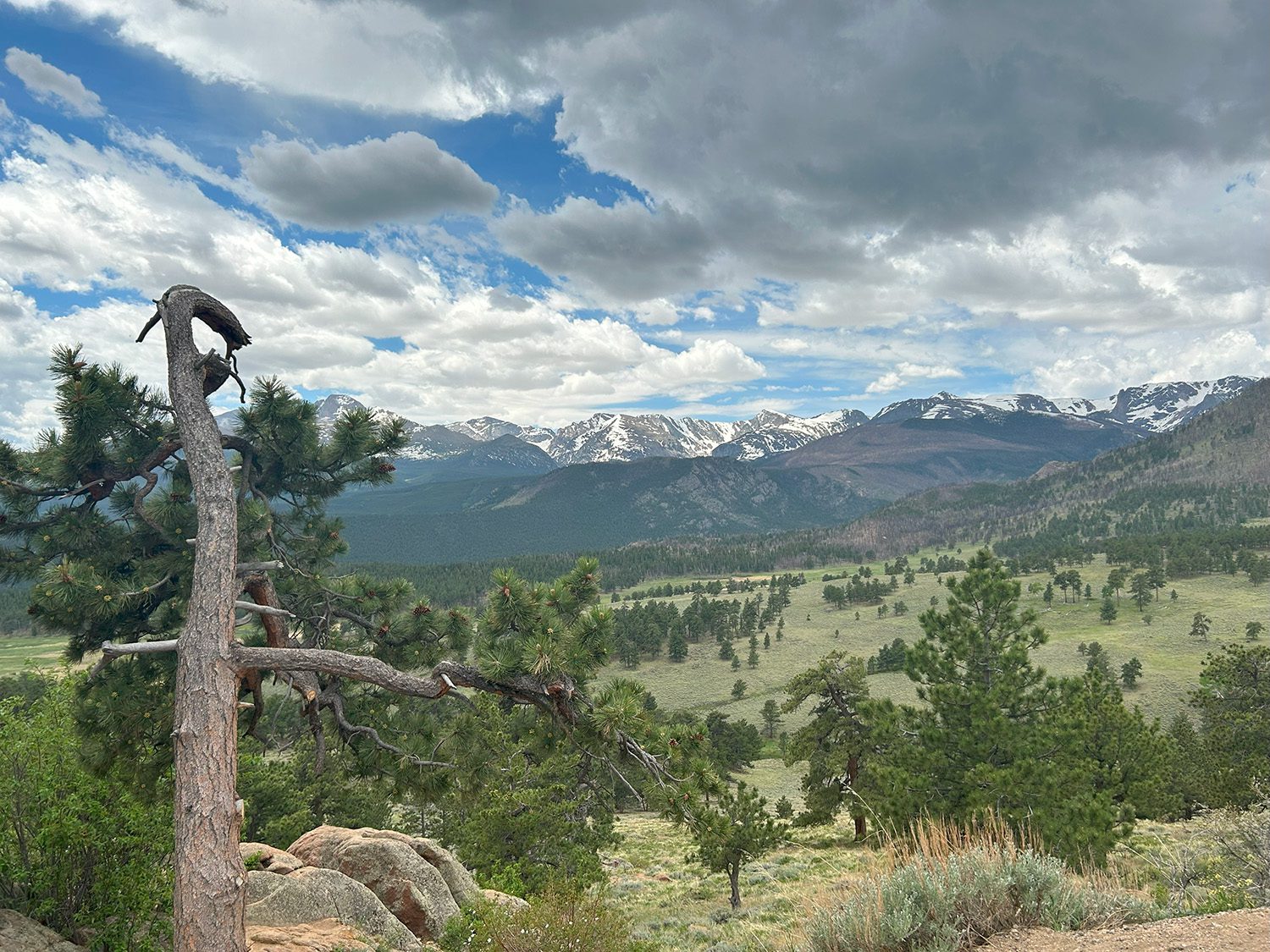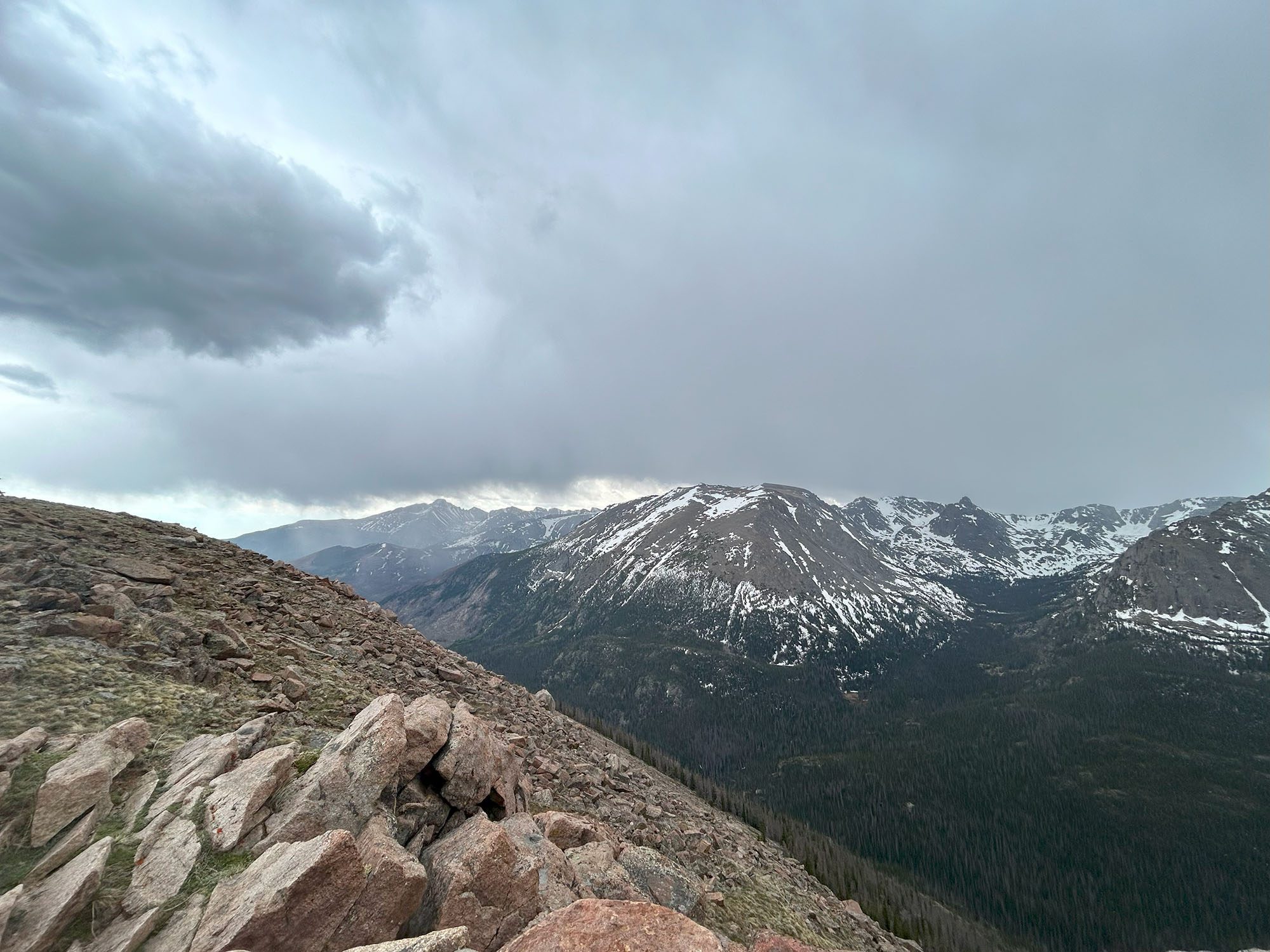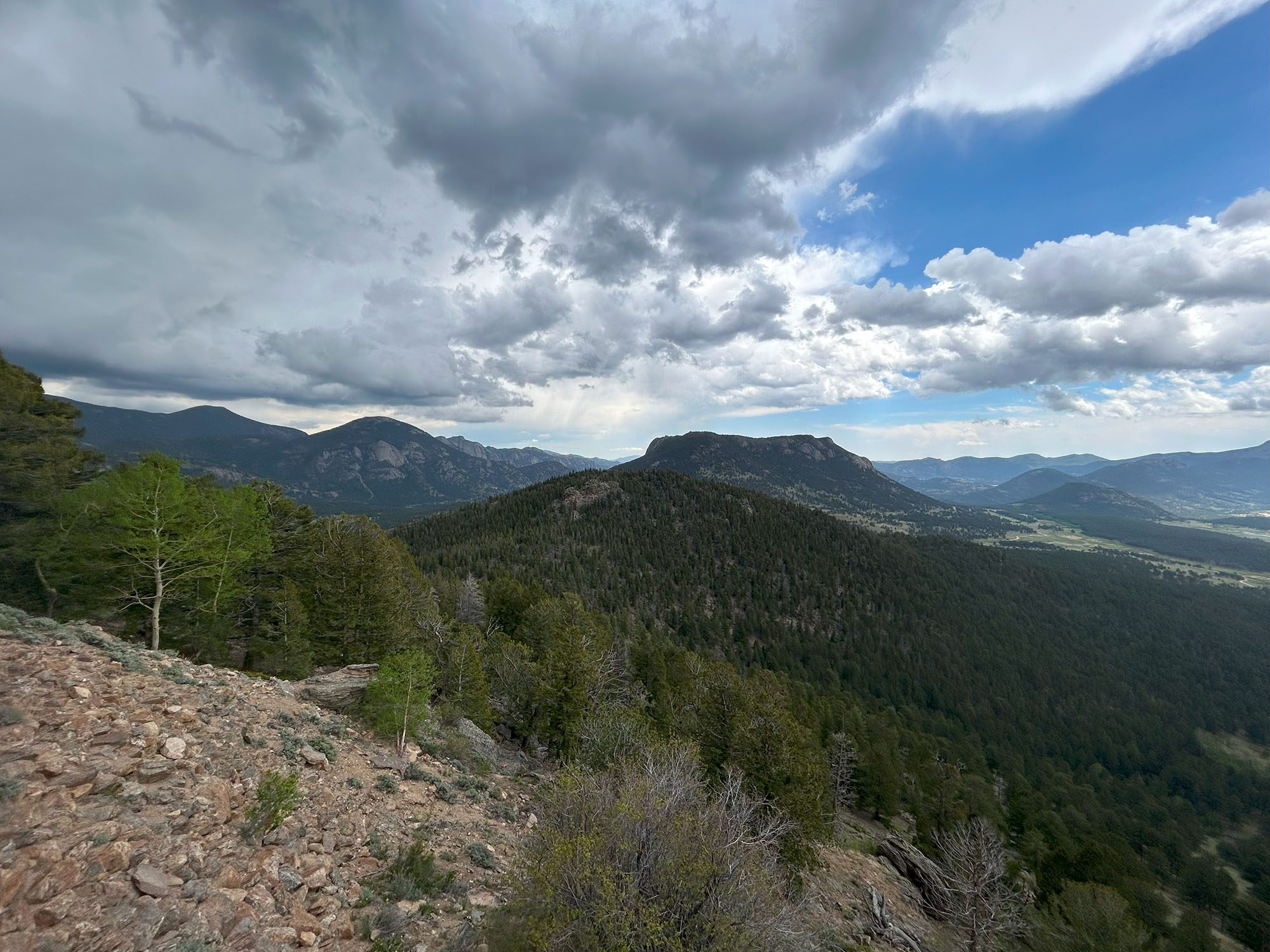Rocky Mountain National Park
Rocky Mountain National Park, established in 1915, spans over 415 square miles of stunning mountainous terrain. Home to diverse wildlife, alpine lakes, and over 300 miles of hiking trails, this park is a haven for nature enthusiasts. Its rich history and pristine landscapes make it a must-visit destination for adventurers and serenity seekers alike.
Park Information Quick Facts
Location: Colorado
Park Size: 265,807 Acres
Time Needed: 1 Day Highlights, 3-5 Day Full Experience
Best Season: Summer
Must Do: Hike to Emerald Lake
Lodging: Numerous Camping Sites, places at Estes Park
Top Campsites: Moraine Park
Pro Tips: The Trails Are Not for the Faint of Heart. Be Prepared to Work Hard for the Beauty That the Rockys Has to Offer.
Plan Your Rocky Mountain Adventure Today!
Ready to experience the breathtaking beauty of Rocky Mountain National Park? Start planning your trip now and discover everything you need to know about traveling, lodging, hiking trails, and must-do activities. Dive into our comprehensive resources and make the most of your adventure.
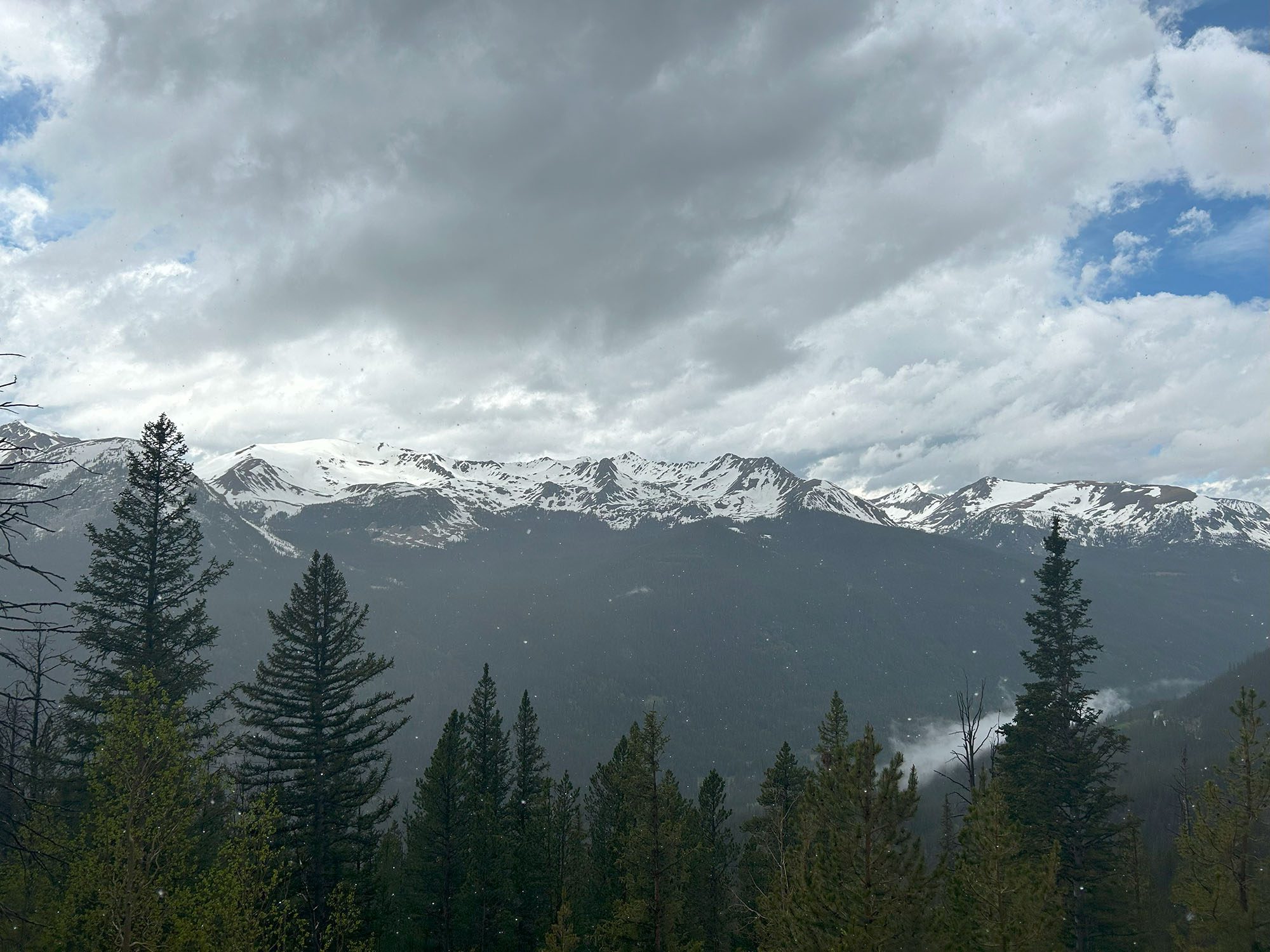
Getting There
How to Travel to Rocky Mountain National Park
Rocky Mountain National Park is accessible by car, bus, and even bike. The nearest major airport is Denver International Airport, located about 70 miles southeast of the park. From Denver, you can rent a car or take a shuttle service to the park.
If you prefer public transportation, the Bustang service offers routes from Denver to Estes Park, the gateway to the national park. Once in Estes Park, local shuttle services can take you to various points within the park.
For those who enjoy cycling, the park is accessible via several scenic bike routes. Be sure to check the weather and road conditions before setting out on your journey.
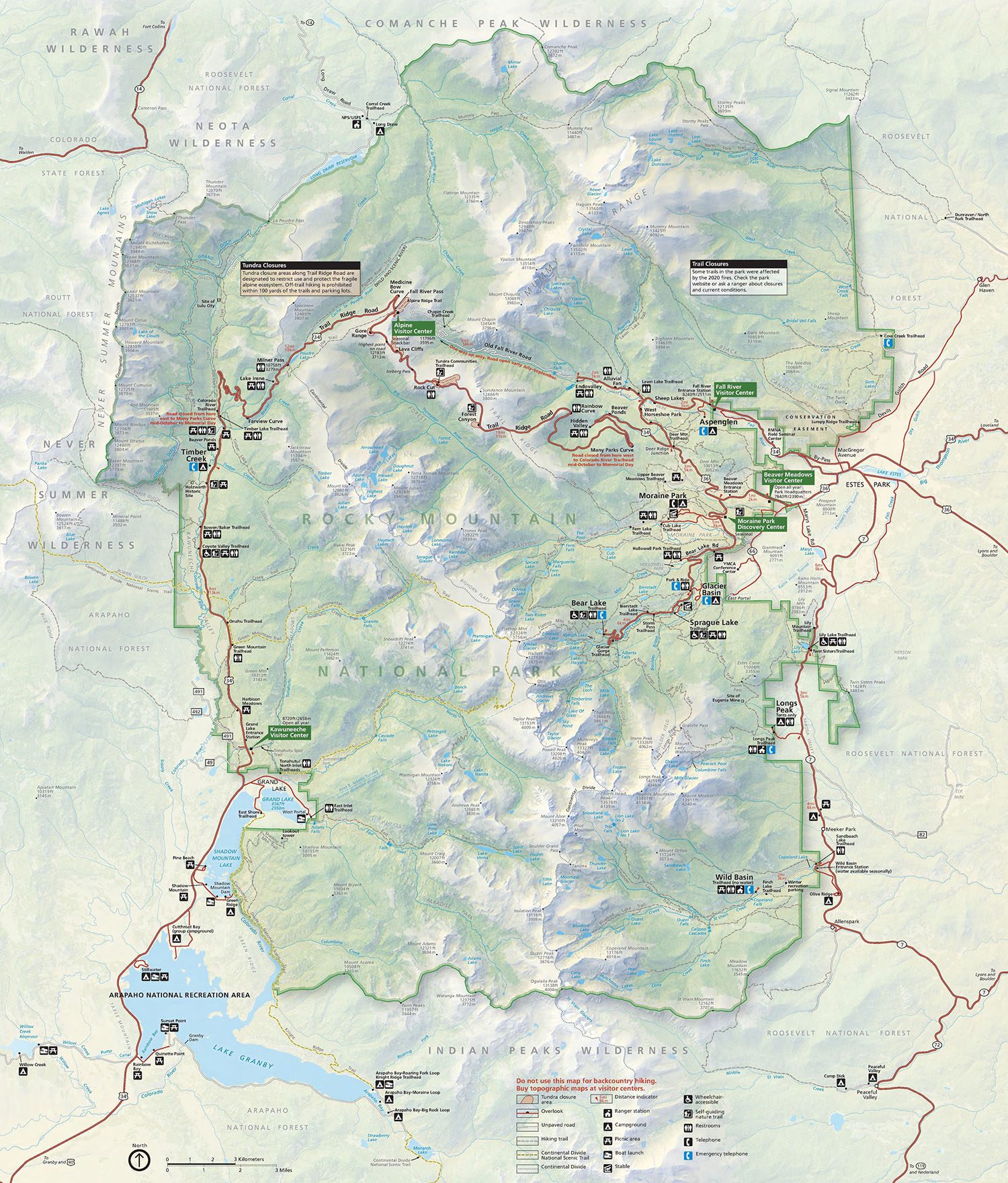
Campsites
Rocky Mountain National Park offers several scenic campgrounds, each providing unique access to nature and outdoor activities. Moraine Park Campground is the largest and most popular, offering beautiful mountain views and proximity to wildlife. Glacier Basin Campground is known for its easy access to popular hiking trails like Bear Lake. Aspenglen Campground offers a more peaceful, wooded environment, while Timber Creek Campground on the park’s west side provides solitude and great views of the Colorado River. Longs Peak Campground is for tents only, offering a rustic experience at a higher elevation.
Moraine Park Campground
Located in a picturesque valley, Moraine Park Campground offers stunning views, easy access to hiking trails, and amenities such as restrooms and potable water. Reservations are recommended during peak season.
Longs Peak Campground
This tent-only campground is ideal for hikers looking to summit Longs Peak. It offers a rustic experience with limited amenities, so be prepared to pack in and pack out all supplies.
Glacier Basin Campground
Perfect for families and groups, Glacier Basin Campground features spacious sites, picnic tables, and fire rings. The campground is close to several trailheads and offers shuttle service to popular destinations within the park.
Wild Basin Campground
Wild Basin Campground is a small, primitive campground perfect for those seeking solitude. It offers access to less-traveled trails and beautiful waterfalls. Sites are available on a first-come, first-served basis.
Aspenglen Campground
Nestled among aspen and pine trees, Aspenglen Campground provides a tranquil setting with modern amenities including restrooms and drinking water. It’s a great spot for wildlife viewing and stargazing.
Fern Lake Campground
Located near the scenic Fern Lake, this campground offers a peaceful retreat with opportunities for fishing and hiking. The sites are primitive, so campers should come prepared with all necessary supplies.
Timber Creek Campground
Located on the west side of the park, Timber Creek Campground offers a more secluded experience. The sites are first-come, first-served, and the campground provides basic amenities such as restrooms and water.
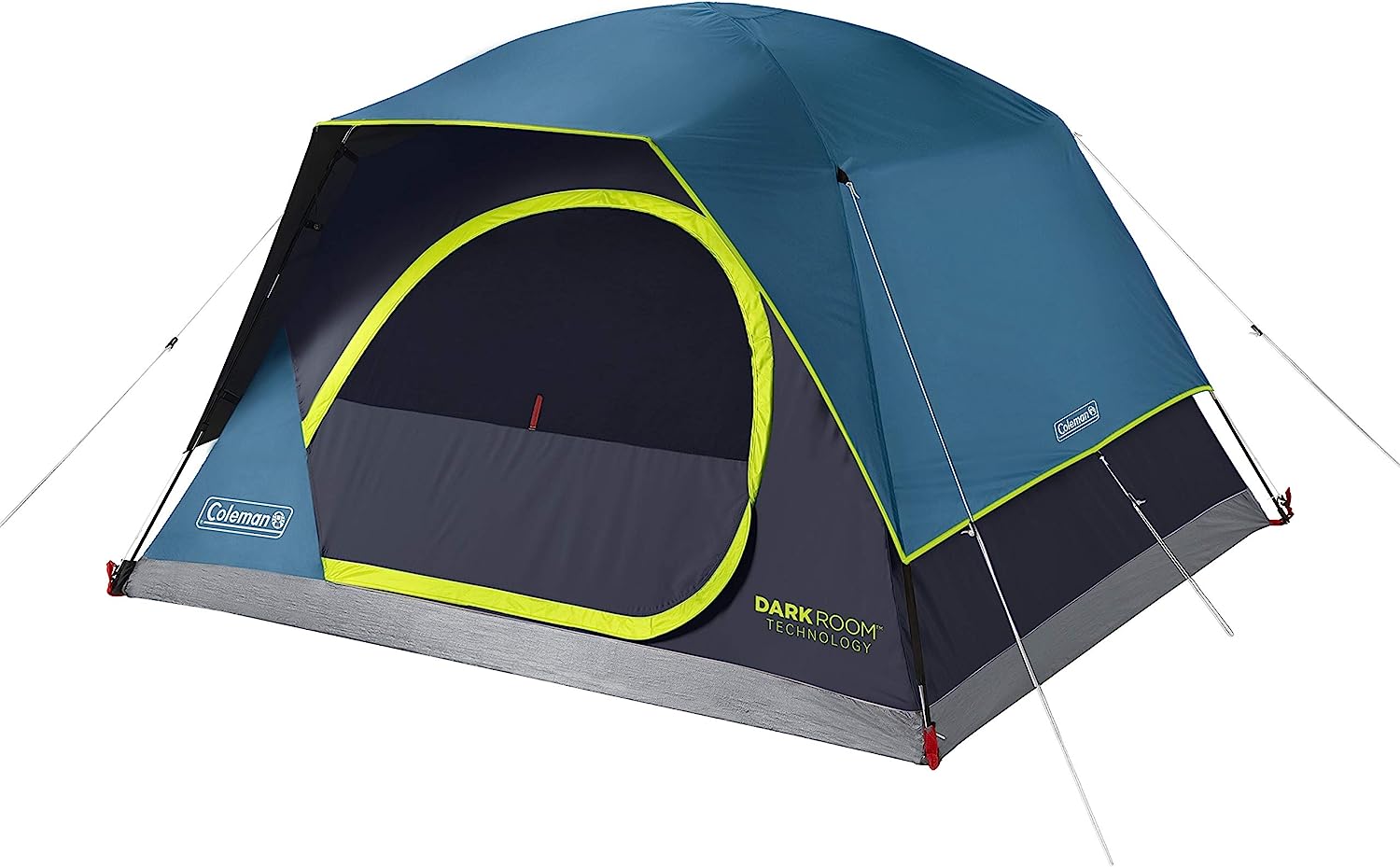
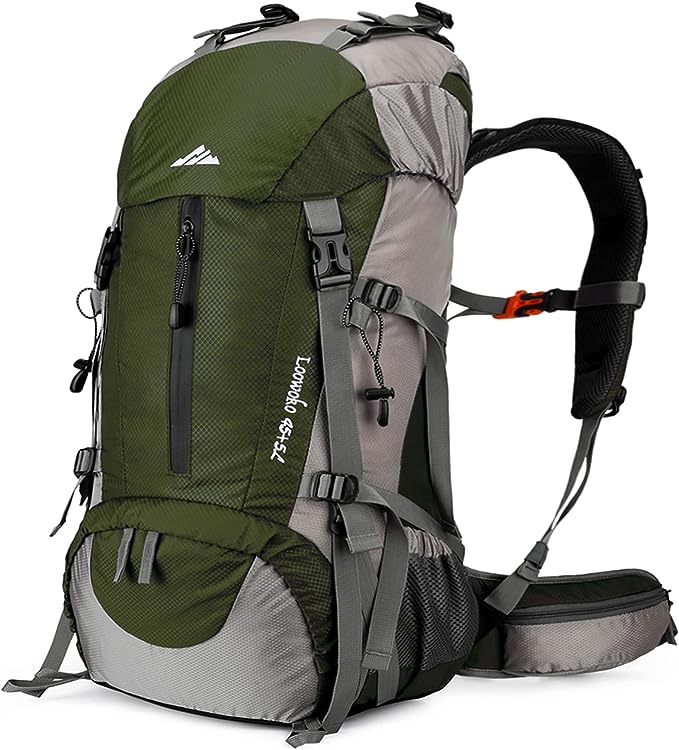
Important Notes
1. Reservations
- Required: Most campgrounds require reservations, especially during peak season (late spring through early fall). It’s advisable to book in advance through the National Park Service website.
2. Elevation
- High Altitude: Many campgrounds are at high elevations (over 8,000 feet). Be prepared for altitude sickness and ensure you stay hydrated.
3. Wildlife Precautions
- Food Storage: Store food securely in bear-resistant containers or in your vehicle to prevent attracting wildlife.
- Stay Safe: Observe wildlife from a distance and do not approach or feed them.
4. Campfire Regulations
- Check Restrictions: Campfires are only allowed in designated fire rings, and regulations may change based on fire danger levels. Always check current restrictions before your trip.
Popular Hiking Trails
Bear Lake Loop
- Distance: 0.6 miles (loop)
- Difficulty: Easy
Emerald Lake Trail
- Distance: 3.6 miles (roundtrip)
- Difficulty: Moderate
Sky Pond via Glacier Gorge Trail
- Distance: 9 miles (roundtrip)
- Difficulty: Moderate to Difficult
Flatirons Loop Trail
- Distance: 4.6 miles (loop)
- Difficulty: Moderate
Cascade Falls and Cascade Lake Trail
- Distance: 2.5 miles (roundtrip)
- Difficulty: Moderate
Ouzel Falls Trail
- Distance: 5.4 miles (roundtrip)
- Difficulty: Moderate
East Inlet Trail
- Distance: 5.6 miles (roundtrip to the lake)
- Difficulty: Moderate
Poudre River Trail
- Distance: 3 miles (roundtrip)
- Difficulty: Easy
Chasm Lake Trail
- Distance: 8 miles (roundtrip)
- Difficulty: Moderate to Difficult
Fern Falls Trail
- Distance: 5.4 miles (roundtrip)
- Difficulty: Moderate
Lily Lake Trail
- Distance: 0.8 miles (loop)
- Difficulty: Easy
Lake Haiyaha Trail
- Distance: 3.2 miles (roundtrip)
- Difficulty: Moderate
Hiking Trails in Rocky Mountain National Park
Hiking in Rocky Mountain National Park presents a diverse range of trails for all levels of hikers, from gentle walks around alpine lakes to strenuous climbs up some of Colorado’s highest peaks. For beginners or those looking for easier hikes, trails like Bear Lake or Sprague Lake offer short, well-maintained paths with minimal elevation gain. More advanced hikers can challenge themselves with routes like the Sky Pond or Chasm Lake trails, which involve significant elevation changes and rough terrain. For the most experienced adventurers, summiting Longs Peak, the park’s tallest mountain at 14,259 feet, is a demanding and technical trek that requires preparation and endurance.
Trail Difficulty Levels
Scenic Views and Highlights
The scenic views in Rocky Mountain National Park are nothing short of spectacular, with sweeping panoramas of jagged peaks, lush valleys, and crystal-clear alpine lakes. Trails like Trail Ridge Road provide stunning overlooks, while hikes such as Emerald Lake and Dream Lake offer views of pristine mountain lakes surrounded by towering, snow-capped peaks. In the higher elevations, hikers are treated to expansive vistas of the Continental Divide, while lower elevation trails provide views of verdant meadows filled with wildflowers during the summer months. The park’s dramatic weather shifts can also add an element of awe, with clouds swirling around the mountains or sudden storms bringing dramatic light.
Gear We Used

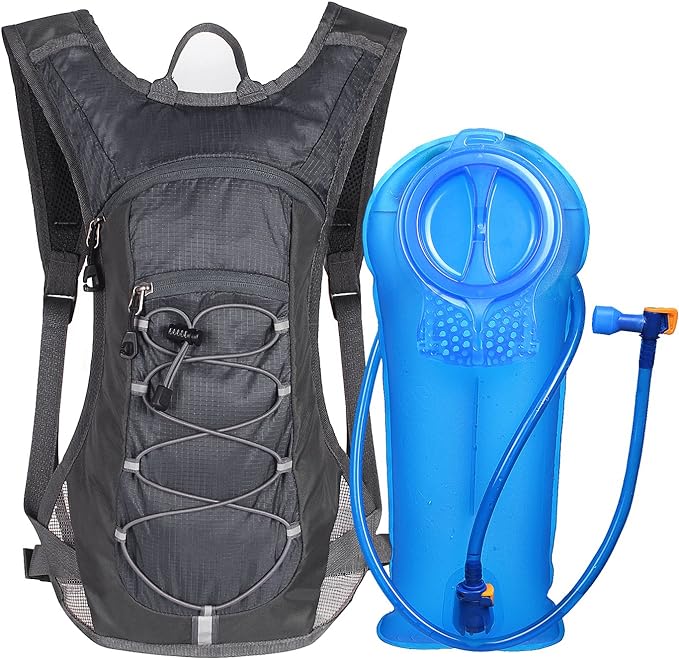
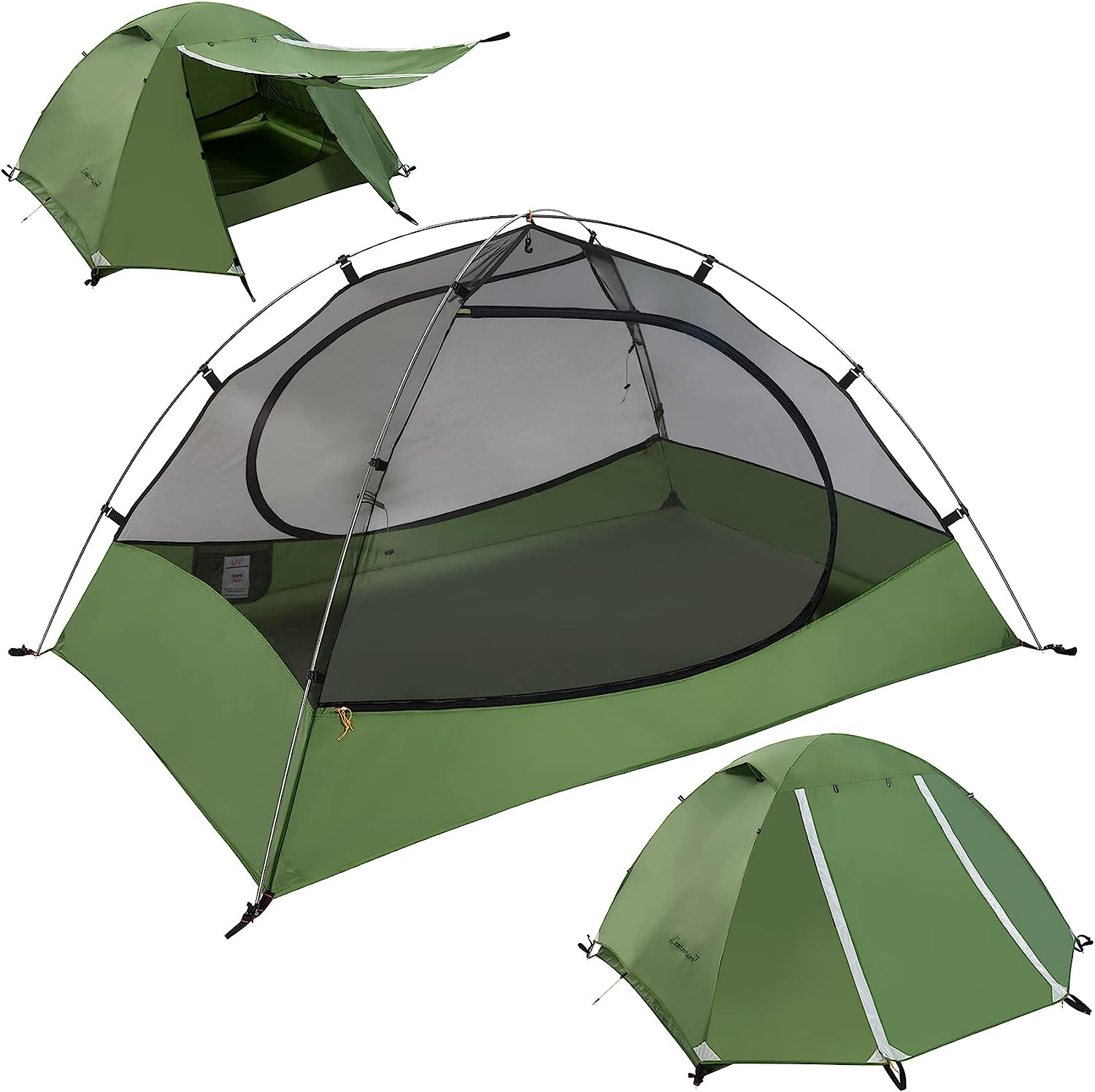
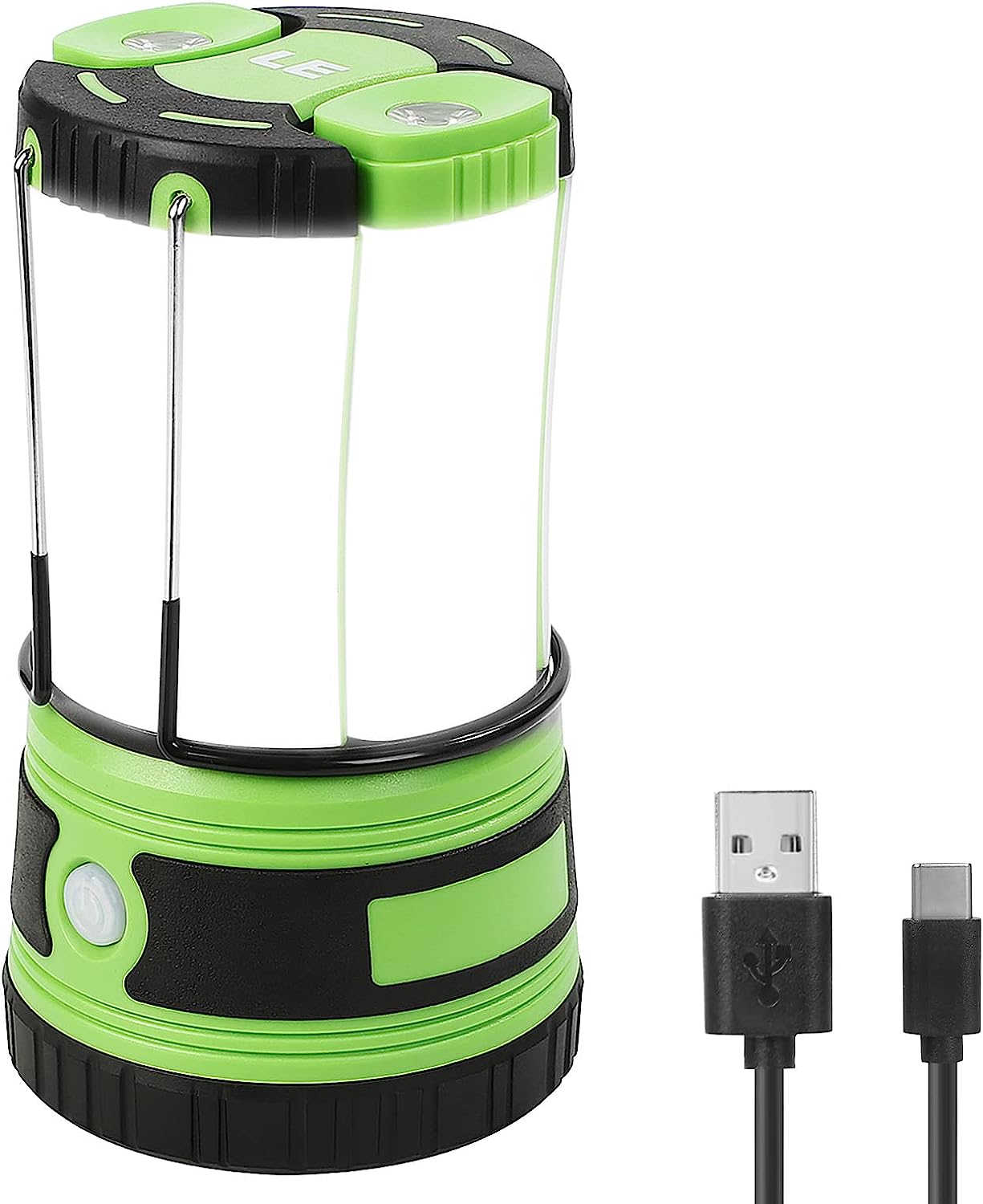
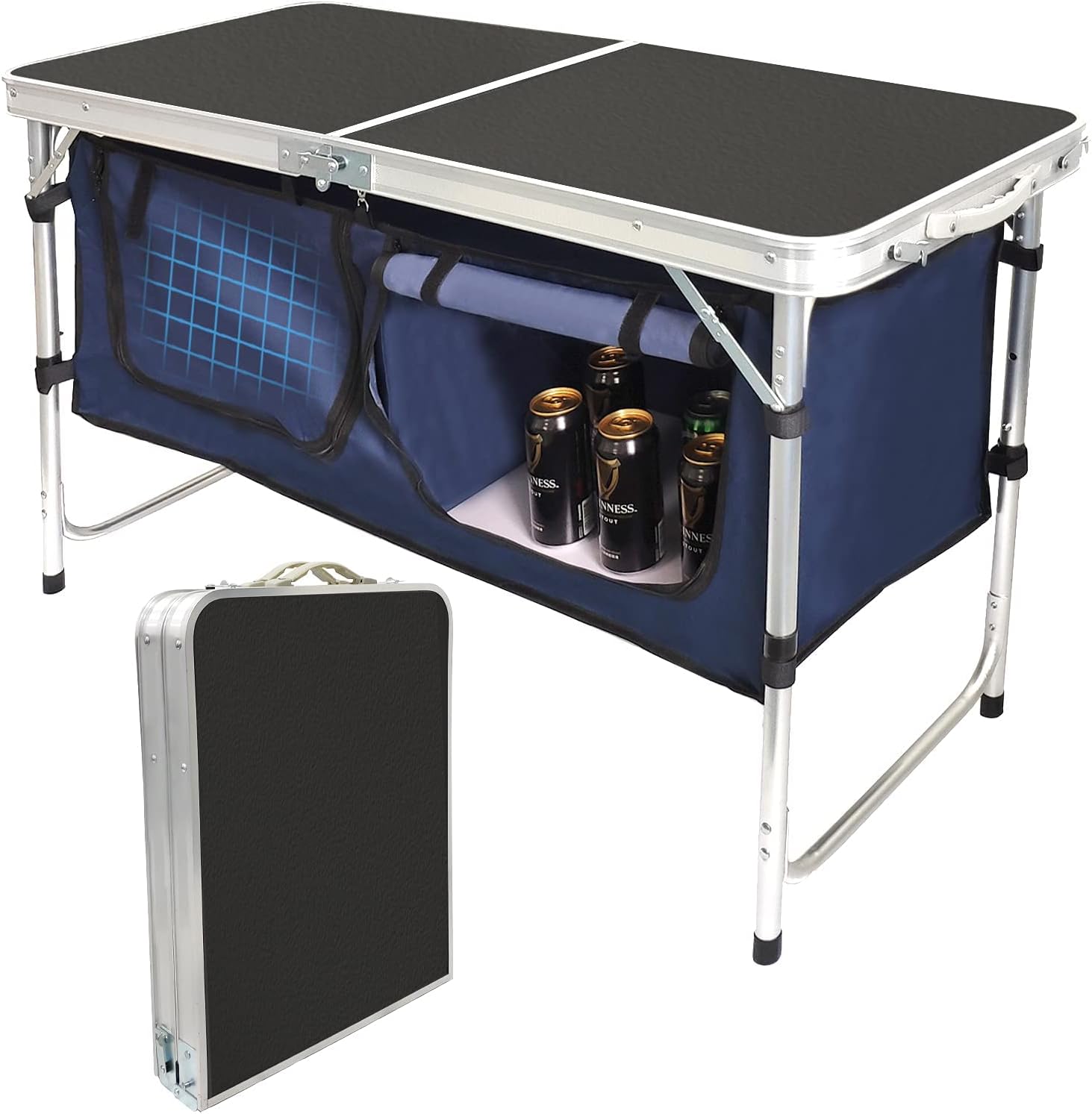
Rocky Mountain National Park
Explore the parks key locations such as the Beaver Meadows Visitor Center, Bear Lake, and Trail Ridge Road. The park offers locations of major campgrounds, picnic areas, and trailheads, ensuring you can easily navigate and plan your visit. Whether you’re looking for the best hiking trails, scenic viewpoints, or wildlife spotting areas, the park has what you want.
Must-Do Activities
Wildlife Watching
Experience the diverse wildlife of Rocky Mountain National Park, including elk, bighorn sheep, and moose. Early mornings and evenings are the best times for sightings.
Scenic Drives
Take a drive along Trail Ridge Road, the highest continuous paved road in the U.S., offering breathtaking views and numerous pull-offs for photo opportunities.
Ranger-Led Programs
Join a ranger-led program to learn about the park’s natural and cultural history. Programs are available for all ages and interests, ranging from guided hikes to evening campfire talks.
